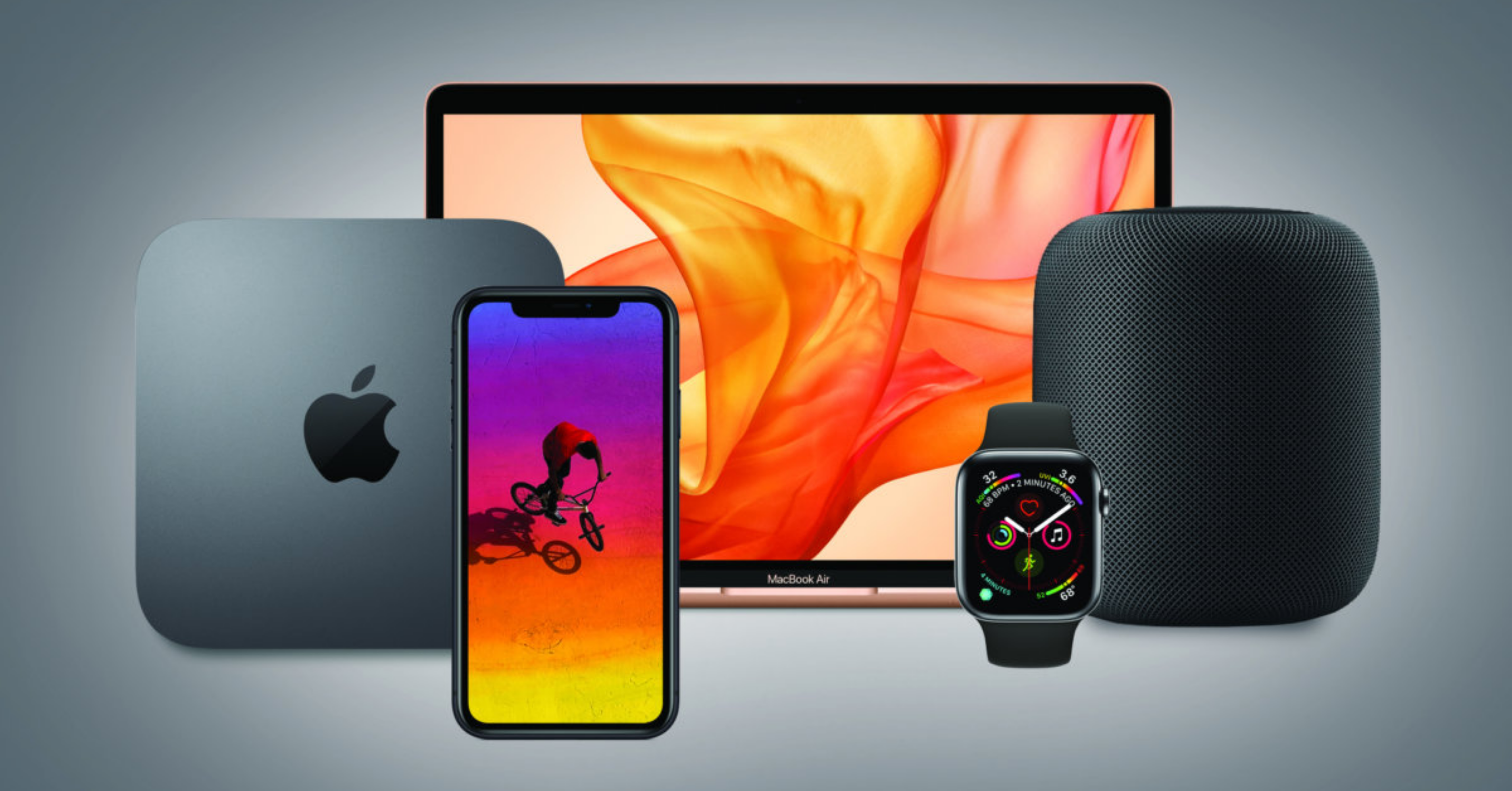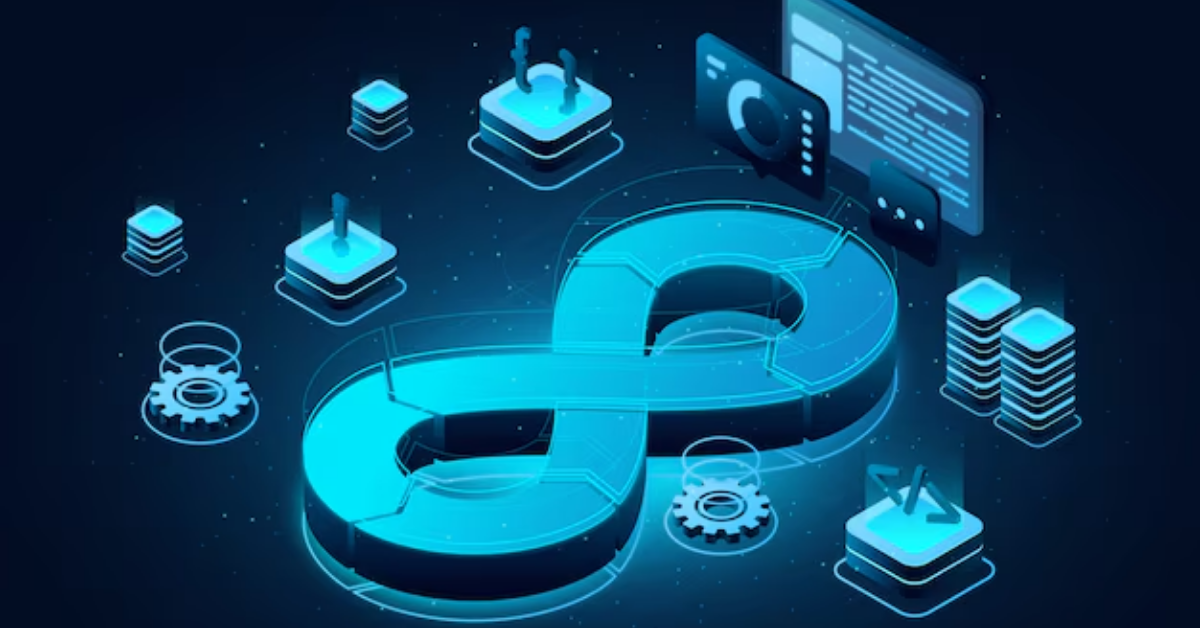In today’s flexible work environment, organizations often manage a mix of Apple and Android devices — each with its own strengths and management challenges. While both ecosystems require mobile device management (MDM) to ensure security, compliance, and productivity, the tools and approaches differ significantly.
MDM for Apple devices offers a tightly integrated experience through Apple’s ecosystem, enabling seamless control via Apple Business Manager, managed Apple IDs, and declarative device management policies. In contrast, Android device management provides greater hardware diversity and flexibility, but requires careful configuration across multiple manufacturers and operating system versions.
Understanding these key differences helps IT teams choose the right MDM strategy — one that aligns with their organization’s devices, workflows, and security needs.
What is mobile device management, and why does it matter?
At its core, mobile device management (MDM) is about control and protection. It gives IT teams the ability to manage devices remotely, enforce security policies, and make sure employees can work without interruption—no matter where they are.
Here’s why it matters in today’s workplace:
- Security and compliance: With sensitive company data spread across laptops, tablets, and phones, security is non-negotiable. MDM allows admins to enforce encryption, passwords, and app restrictions to keep devices secure and compliant with regulations.
- Remote management: Whether employees are in the office or halfway across the world, MDM lets IT configure, monitor, and update devices without needing physical access.
- Simplified device enrollment: New hires can get their laptops or iPads ready to use out of the box, thanks to automated workflows.
- Productivity at scale: Instead of manually configuring devices, IT can push apps, updates, and policies in bulk—saving time and reducing errors.
- Cost efficiency: Centralized management reduces downtime and makes it easier to repurpose or refresh devices.
In short, an effective device management solution keeps both business leaders and employees happy: company data stays secure, and workers get tools that just work.
MDM on Apple devices
Apple has built an ecosystem that makes device management smoother and more secure compared to many alternatives. With the right Apple MDM solution, IT teams can configure and secure Macs, iPads, and iPhones with minimal manual effort.
Here are the key components:
Apple Business Manager (ABM)
Apple Business Manager is the backbone of Apple device management. It centralizes control over Apple hardware, apps, and accounts. With ABM, IT can:
- Automate device enrollment so new laptops or iPads are ready to use straight out of the box
- Assign managed Apple IDs to employees for secure access to company resources
- Purchase and distribute apps in bulk via the App Store
- Set up role-based permissions for administrators and staff
Automated device enrollment
With automated enrollment, IT never needs to manually configure a new MacBook or iPad. Devices shipped directly from Apple or authorized resellers arrive pre-registered to the company’s MDM server. The employee simply signs in, and the device automatically configures itself with the right apps, settings, and security policies.
Configuration profiles and policies
MDM tools let you create configuration profiles—bundles of settings like Wi-Fi, VPN, and app permissions. These profiles are pushed automatically to all devices, ensuring consistency across the fleet.
Declarative device management
Apple has recently introduced declarative device management, which shifts more responsibility onto the device itself. This allows faster, real-time compliance checks and updates, reducing the burden on IT admins while improving security.
Managed Apple environment
With the right setup, organizations can run a managed Apple environment that supports all Apple devices—from iPhones to MacBooks—using one unified platform. This makes it easier to enforce security, streamline app distribution, and support remote or hybrid teams at scale.
MDM on Android devices
While Apple has built a tightly controlled ecosystem, Google takes a more open approach with Android Enterprise. This flexibility makes Android a strong option for organizations that need a wide range of devices at different price points, but it also introduces more complexity.
Here are the core components of Android MDM:
Android Enterprise
Google’s Android Enterprise framework provides the foundation for managing Android smartphones, tablets, and Chromebooks. It standardizes device management capabilities across manufacturers, which helps reduce the fragmentation that historically made Android management difficult.
Zero-touch enrollment
Like Apple’s automated enrollment, Android offers zero-touch enrollment. This allows IT teams to set up devices out of the box without manual configuration. Methods include QR codes, NFC, or enrollment tokens. Once activated, devices automatically receive the right policies and apps from the MDM platform.
Work profile
Android supports a work profile, which separates business apps and company data from personal apps. This is especially useful in bring-your-own-device (BYOD) setups, where employees want privacy for personal use but IT still needs to enforce corporate security.
Managed Google Play
App distribution is handled through Managed Google Play, which lets IT curate and push apps to employees securely. Admins can block unsafe apps and ensure that all business-critical tools are kept up-to-date.
Manufacturer variability
Unlike Apple, Android is produced by many manufacturers, each with their own update schedules and hardware quirks. While mobile device management tools smooth over some differences, this variability can affect how quickly updates roll out and how consistent the user experience feels across the fleet.
Side-by-side comparison
Both Apple and Android offer strong device management solutions, but they excel in different areas. Here’s how they compare:
Security and privacy
- Apple: Strong emphasis on privacy. All devices come with hardware-level encryption, and apps are tightly controlled through the App Store. This reduces malware risk and makes Apple a preferred choice for organizations that want high security with less overhead.
- Android: Security has improved dramatically with Android Enterprise, but risk levels can vary by manufacturer. Admins have more control over app permissions and system customization, but this flexibility may introduce more attack surfaces.
Operating system updates and ecosystem consistency
- Apple: Updates are released globally and consistently across devices. IT can count on every enrolled device receiving patches at the same time, making compliance easier.
- Android: Update timing depends on the device manufacturer and carrier. This can create fragmentation and complicate the enforcement of consistent security policies.
Device variety and customization flexibility
- Apple: Limited hardware choices but strong ecosystem integration. Employees benefit from seamless experiences across iPhone, iPad, and Mac.
- Android: Wide variety of devices at different price points. Great for organizations that need low-cost options or specialized hardware, but harder to standardize.
Enrollment, app distribution, and content management
- Apple: Apple Business Manager provides a streamlined workflow with automated device enrollment, app distribution, and centralized control. This works best for organizations already running a managed Apple environment.
- Android: Zero-touch enrollment and Managed Google Play provide similar functionality but require admins to account for more variability between devices.
Cost considerations
- Apple: Higher upfront device costs, but lower management overhead thanks to ecosystem consistency. Subscription pricing for MDM platforms is generally predictable.
- Android: Lower device costs and more variety, but potential for higher support overhead due to fragmentation and variable update cycles.
In short, Apple offers simplicity and consistency, while Android offers flexibility and cost variety. The right choice depends on your priorities.

Managing mixed device environments
Most startups don’t live in a one-vendor world. You’ll likely support MacBooks for engineering, iPads for field teams, and a mix of iPhones and Android phones for everyone else. The smartest path is to pick a unified device management solution that can manage devices across platforms with one set of policies and a single pane of glass.
Why unified tools matter
- One policy model: Define password strength, encryption, and network rules once. Apply them to Apple and Android without building separate playbooks.
- Faster onboarding: Centralized device enrollment flows cut setup time for IT and new hires. Whether a user opens a Mac or a Pixel, they get the right apps and settings on first sign-in.
- Consistent compliance: A unified dashboard shows which devices meet requirements in real time. That reduces audit stress and helps you fix gaps before they turn into tickets.
- Simpler app distribution: Push core tools across platforms—productivity suites, VPN, EDR—while still using Apple Business Manager and Managed Google Play on the back end.
- Lean support: One console + shared automation = fewer manual tasks. Your help desk can solve issues faster, with lower training overhead.
How it works day to day
- Cross-platform baseline: Start with security baselines that apply to everyone: encryption, screen-lock timers, Wi-Fi and VPN profiles, and certificate management.
- Platform-specific polish: Layer Apple-only controls—configuration profiles, managed Apple IDs, and declarative device management—on top of the baseline. Do the same for Android: work profile rules, Play-approved apps, and zero-touch options.
- Automated remediation: If a device falls out of compliance, the system can quarantine access, prompt the user, and auto-remediate—without an IT admin jumping in.
- Lifecycle workflows: Tie procurement, provisioning, reclamation, and secure wipe into one flow. This keeps data safe at every step, from new hire to exit.
Tips to get it right
- Standardize where it counts: Keep a short list of approved models. Fewer hardware variants mean fewer edge cases and smoother OS update planning.
- Segment by role: Engineers, sales, and contractors need different access. Use dynamic groups so the right apps and policies land automatically.
- Harden identity: Pair MDM with SSO, MFA, and conditional access. Identity-aware policies help you protect data even when devices roam.
- Measure what matters: Track patch latency, time-to-enroll, ticket volume, and compliance drift. These metrics show whether your setup is helping or hurting productivity.
Where Esevel fits
Esevel helps you run a unified program without the usual friction:
- Procure and ship MacBooks, iPads, iPhones, and selected Android models to employees in 88+ countries—pre-enrolled and job-ready.
- Automate onboarding and offboarding with repeatable workflows that apply baseline policies plus Apple- or Android-specific controls.
- Real-time IT support to handle setup questions, app issues, and escalations, backed by support services and training for your admins.
- Evaluate the support services up front with clear SLAs, and get vendor support access for deeper platform questions when you need it most.
Quick checklist for mixed fleets
- Use a cross-platform tool (e.g., Intune or Workspace ONE) to manage devices alongside your Apple-first stack.
- Integrate ABM and Android Enterprise so new hires can enroll themselves with minimal instructions.
- Test devices to evaluate performance, battery life, and compatibility before you scale a model across the org.
- Confirm your provider supports all Apple device categories you plan to deploy (Mac, iPhone, iPad), plus your selected Android lines.
- Document break-glass procedures for lost devices and account lockouts so support stays fast during emergencies.
A unified approach gives you the best of both worlds—Apple’s consistency and Android’s choice—without multiplying your workload. Esevel ties it together with global logistics, smart automation, and hands-on help so your team can move faster with less risk.
Recommendations
Every company has different needs, budgets, and workforce realities. Here’s a simple framework to help you decide which path makes sense:
When to choose Apple-only management
- Security-first culture: If protecting sensitive data is your top concern, Apple’s closed ecosystem and consistent update cycles reduce risk.
- Consistency matters: MacBooks, iPhones, and iPads work seamlessly together. IT has fewer variables to manage, and employees enjoy smooth cross-device experiences.
- Lean IT teams: If your startup runs with a small IT staff, a focused Apple MDM solution paired with Apple Business Manager can minimize complexity.
When to choose Android-only management
- Budget constraints: If hardware costs are a key factor, Android offers a wider range of devices at different price points.
- Customization needs: Some industries require specialized devices—rugged tablets, barcode scanners, or NFC-enabled phones—that are more available in the Android ecosystem.
- Flexibility over uniformity: If your team values choice and is comfortable with variability, Android’s openness provides more freedom.
When to opt for a mixed deployment
- Role-specific needs: Your developers may prefer MacBooks, while sales teams might use affordable Android phones. A mixed fleet allows you to tailor devices to roles without forcing one standard.
- Global teams: In some regions, Android devices are easier to procure and support. A flexible approach keeps distributed teams equipped without delays.
- Future-proofing: Unified device management solutions now make it easier to manage devices across Apple and Android. You don’t have to pick just one—modern platforms support both.
What to look for in your MDM partner
No matter which route you take, your vendor matters as much as the devices. Make sure to:
- Evaluate the support services they provide, from onboarding to ongoing help.
- Check whether they offer support services and training to upskill your IT team.
- Confirm vendor support access for escalations and platform-specific issues.
- Test devices to evaluate compatibility and workflows before committing to large-scale rollouts.
Finding the best MDM fit for your business
Choosing the right mobile device management strategy comes down to your company’s priorities.
The key is to match your approach to your business reality:
- Go Apple-only when you want a streamlined, highly secure, and tightly managed environment.
- Go Android-only when budget and variety are critical.
- Choose mixed deployment when global reach, flexibility, or role-based needs make it the smarter move.
FAQs
1. What is MDM for Apple devices?
Mobile Device Management (MDM) for Apple devices is a solution that lets IT teams remotely configure, secure, and monitor iPhones, iPads, and MacBooks. It ensures devices are work-ready out of the box and stay compliant with company policies.
2. How does Apple Business Manager (ABM) support MDM?
ABM streamlines Apple device management by automating enrollment, assigning managed Apple IDs, and enabling bulk app distribution. This allows IT teams to deploy and manage devices at scale with minimal manual setup.
3. What are the security benefits of Apple MDM?
Apple MDM enforces encryption, password policies, and app restrictions. With declarative device management, devices can self-report compliance in real time, and IT can remotely lock or wipe lost or stolen devices.
4. Why should businesses use an Apple-focused MDM solution?
Apple’s consistent ecosystem, global software updates, and strong privacy standards make it easier to secure devices and reduce IT overhead. An Apple-focused MDM solution maximizes these benefits while keeping remote teams productive.







